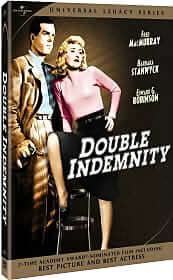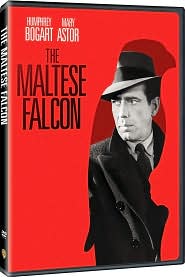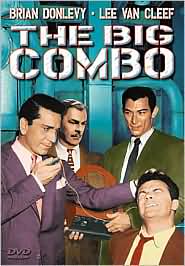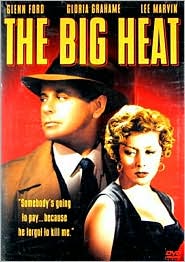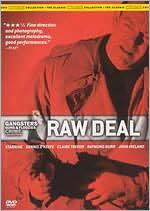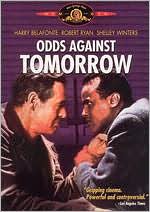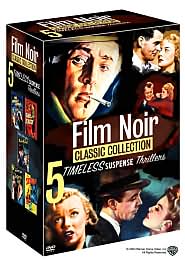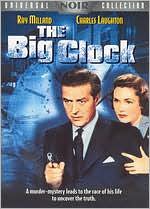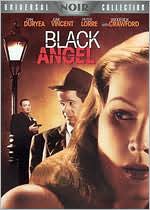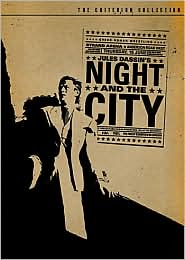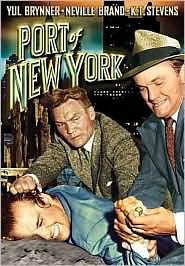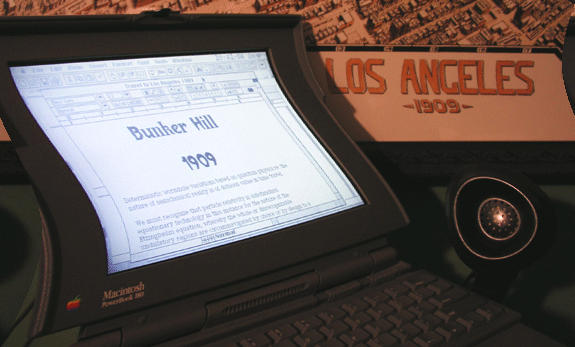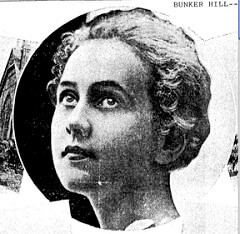Category: Blog
Meet George Mann
Bunker Hill is a lost Los Angeles neighborhood, and On Bunker Hill is a memorial website that was born over the course of a year’s collaboration. The contributors followed their own particular obsessions down the historical rabbit hole, coming up with aspects of the community’s lore that were placed on a virtual map, so interested visitors could explore at their leisure.
Although On Bunker Hill is no longer being updated, people continue to discover the site and contribute their own insights and memories through the comment section. But occasionally, someone comes along who has something more to offer than a comment or a link, and so we bring the On Bunker Hill blog back to life for a brief moment, so this someone can take their rightful place among the ghosts.
Enter George Mann.
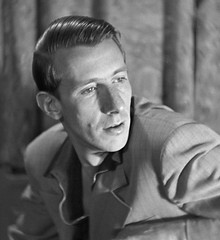
Born in Santa Monica in 1905, by his early 20s he was a vaudeville star as the hilariously taller half of the comedy dance team Barto & Mann. Dewey Barto [real name Dewey Smoyer and the pop of comedienne Nancy Walker] and George debuted their act on the west coast circuit in 1926 and by March 1927 were featured on the other Broadway, at New York’s celebrated Palace Theatre.
Of their east coast debut, Zit’s Theatrical Newspaper raved “Ten minutes before they went on at the Palace last Monday afternoon nobody thought very much about Barto & Mann; ten minutes after they came off stage, the whole Broadway world was talking about them… Acts like these only come along once in a while.”

Appearing at L.A.’s Orpheum in March 1928, they were praised in the L.A. Times as “a knockout team,” though their set at the Hillstreet the following month discomfited one reviewer: “The act presented by Barto & Mann was one of those hectic affairs in which the participants did everything from a climb up the proscenium arch to a near-back-flip into the orchestra pit. The excellence of the dancing and clowning in the early portions of the act led one to expect a much more worthwhile finale than the one offered, which, unfortunately, bordered plainly on vulgarity.”
One man’s vulgarity is another’s hilarity: scope out this rare filmed appearance, from the 1933 Texas Guinan vehicle “Broadway Through A Keyhole,” and decide for yourself!
As Vaudeville faded, Barto & Mann joined the Broadway cast of Olson and Johnson’s Hellzapoppin’ (though they’re not in the 1941 film), with featured billing from 1938 through 1942. The team split up in December 1943.
Around this time, George Mann married Powers Agency model Barbara Bradford and shot a series of film noir-inspired images of his young bride.
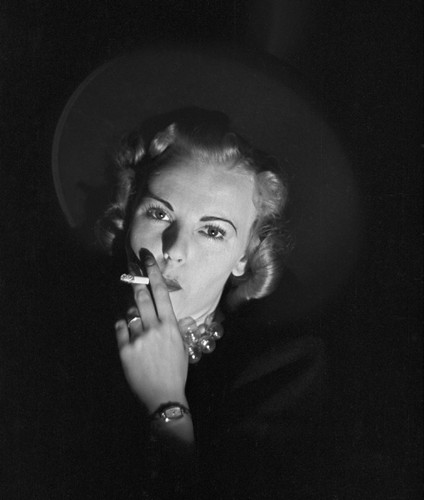
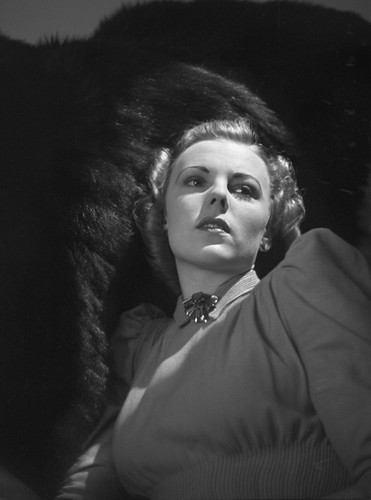

In his post-performance life, George Mann turned his imagination to entrepreneurial enterprise and professional photography, which brought him to Bunker Hill. In the late 1950s, when the neighborhood’s days were known to be numbered, he arrived atop the peak with his camera to document some representative scenes, returning in November 1962 for additional shots.

These never-before-published color images of old Bunker Hill were originally displayed in 3-D viewers of Mann’s own design, which were leased to various Los Angeles businesses, including Hody’s Drive-Ins, and other restaurants, bars and doctor’s offices. Mann would swap out the photo selection regularly, so if these evocative scenes of Bunker Hill weren’t available, one might peep at Calico Ghost Town, Catalina Island, Descanso Gardens, Disneyland, Knott’s Berry Farm, Pacific Ocean Park, Watts Towers or Palm Springs.
In his 3-Dimensional Bunker Hill set, created to distract anxious patients and hungry tourists, George Mann captured a seldom seen side of this lost Los Angeles neighborhood: the gracious avenues and genteel decay, the old people, their cats and their gardens, abandoned newspapers, vacant lots, the shadows and the sunlight. We are in his debt.
George Mann died in 1977, and his extraordinary photographic archives are currently being organized, scanned and made available for licensing. We trust you will enjoy these rediscovered images from old Bunker Hill from the George Mann Archives.
Note: a few more George Mann Bunker Hill photos have been discovered since this entry was first written! See this blog post by Jim Dawson and this one and this other one by Nathan Marsak for more.

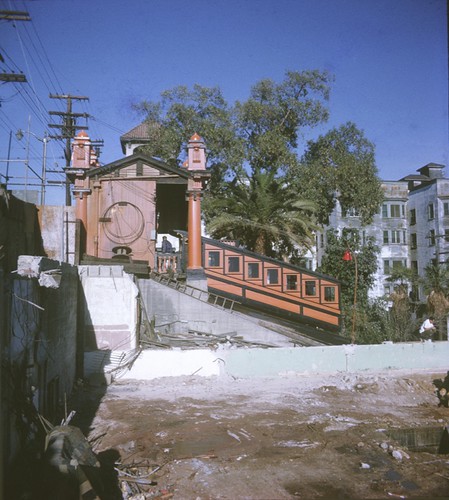


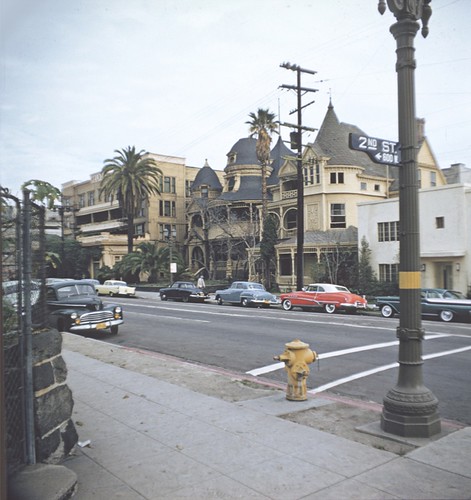
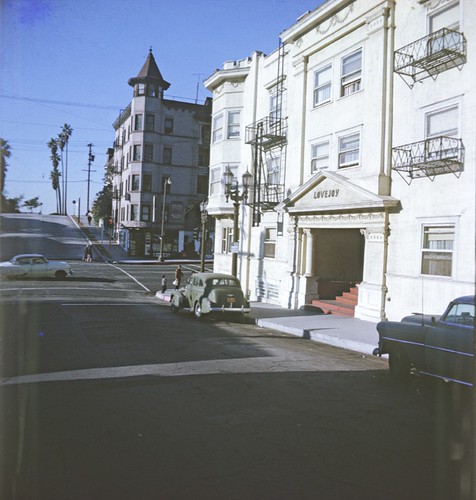



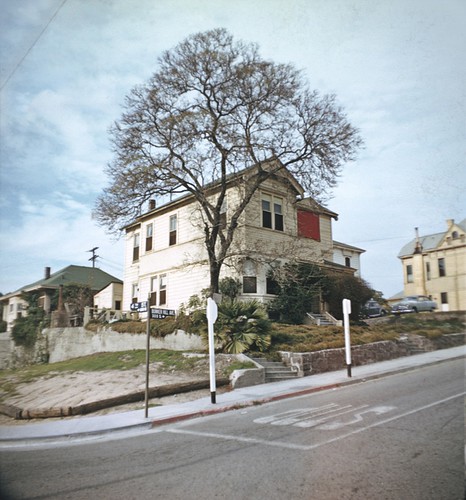

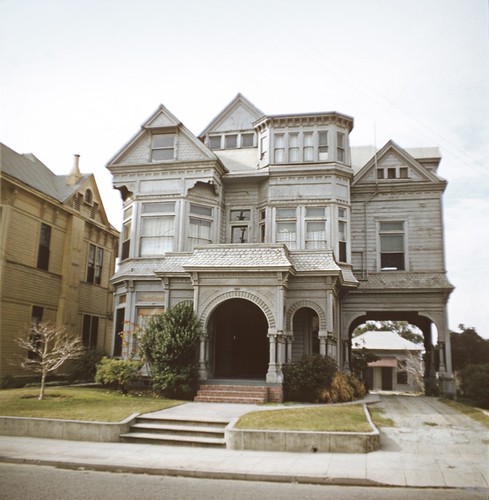



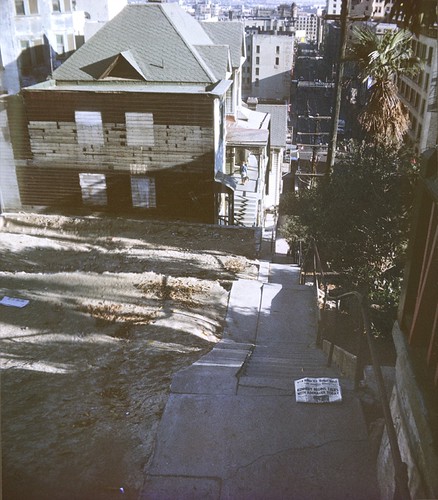

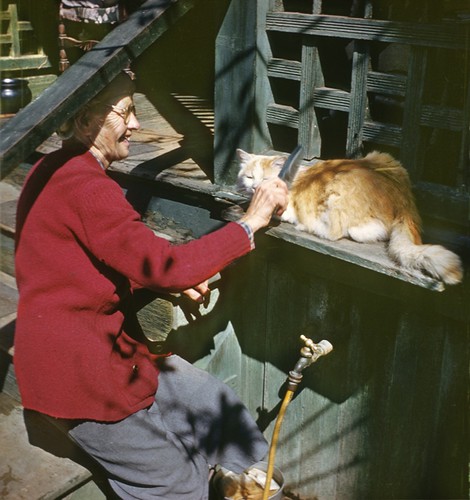
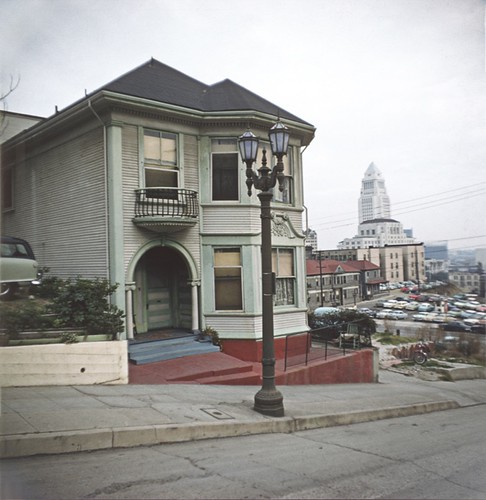
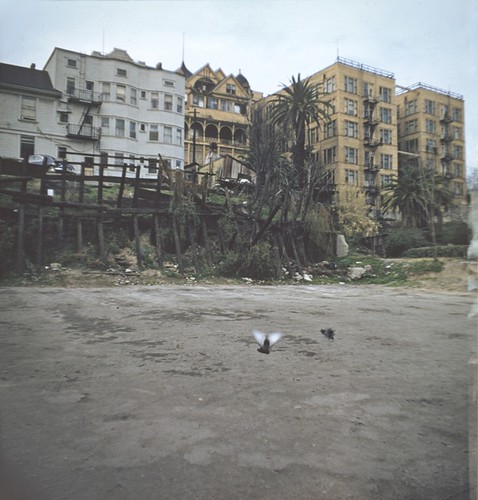
Thanks to George Mann’s son Brad Smith, and daughter-in-law Dianne Woods, for allowing us to reprint these copyrighted photographs and tell George’s story. To see George’s photos of theater marquees, visit http://www.flickr.com/photos/brad_smith
For a representative selection of photographs from his archive, or to license images for reproduction or other use, see http://www.akg-images.co.uk/_customer/london/mailout/1004/georgemann/
The Way We Blog Now
Gentle reader, the new manifestation of the 1947project time travel blog has emerged. You’ll find us exploring the great lost downtown of Broadway, Main and Spring Streets, In SRO Land, lost lore of the historic core.
InSROLand, an LA Time Travel Blog, wants you
Greetings, history geek:
Are you fascinated by the forgotten social history of Los Angeles, from low life to high society? Do old buildings make you swoon? Are you a good writer and a careful researcher, able to cite sources and bring old tales to life? Do you have or wish to develop a specialized knowledge of some neglected aspect of Los Angeles lore (for example: Vaudeville performers, streetcar routes, obsolete restaurants, political scandals)? Is time travel your dream date?
If the answer to most of these questions is yes, then you are a good candidate to be part of an ambitious new blog called In SRO Land, and we would like to hear from you. Read on for more information, and instructions on how you can apply to join the blog team.
The newest time travel blog project from the social historians behind 1947project, On Bunker Hill and Esotouric bus adventures, In SRO Land explores the forgotten history of Downtown Los Angeles, up the grand entertainment boulevard of Broadway (where SRO means "Standing Room Only") and down the mean streets of Main (where SRO stands for "Single Room Occupancy," shorthand for a rented room with a sink in the corner, shared toilet down the hall). Between these two poles, modern Los Angeles was born. (And yes, Spring Street stories will also be featured, for those who dig banking history.)
InSROLand, the blog, you’ll find the real stories behind legendary theaters, hotels and shopping destinations, from the developers and visionaries who built them, to the celebrities and ordinary citizens who enjoyed them. You’ll also meet the long-dead lowlife elements whose misuse of public space is as fascinating to contemporary readers as it was offensive in its time.
InSROLand is home to cops and killers, stars and fans, architects and decorators, dancers nude and clothed, freak shows, classic Vaudeville, street preachers and blues shouters, dreamers and schemers, shoplifters, slumming millionaires, pulp writers, bar keepers, finger men and B-girls, the innocent and the profane. It is, we hope, home also to you.
To contribute to In SRO Land, you’ll be expected to write at least 12 posts during the yearlong project, although of course you would be welcome to write more often. Photographic and map-based contributions would be welcome, as would musical compositions, drawings, theater handbills, vintage menus, anything that increases our understanding of the city of Los Angeles. As a contributor, you are welcome to promote your other projects in your online bio, and to announce your special, appropriate events on the site.
The format will be the same as the blog’s predecessor, On Bunker Hill, so please have a look at that site, at
To apply, please email toursATesotouricDOTcom with 200-400 words telling us why you would like to be a part of in SRO Land, what sort of material you would like to cover, and how often you can contribute. Please also tell us about yourself in a bio of 200-400 words.
The site launched in June 2009 and will run for at least a year. Contributors can join soon after launch, or come aboard at a later date. Interested in being part of this? Drop us a line and let us know where you fit.
best regards,
Kim
Editrix
In SRO Land
Just In Case You Missed It
Nice addition to the Daily Mirror, without which this city would be much poorer indeed.
Hey, note the double use of the Foss/Heindel.
Journey to the Center of 1909
Back when the New Year turned 2000, some sort of promised computronic glitch was supposed to send us back to 1900. Remember that? I booted up everything I could find, sat in a room full of Coleco Adams, VIC 20s and TI 99/4s, wearing a high starched collar and waiting for President McKinley to send wire that all was well. It never happened.

I won‘t say that I go through the same ritual every year, but it was hard not to plummet, turning as we were to 2009, deep into the wonder of 1909. You may lose yourself in the limpid pools of your lover‘s eyes, or the majesty of your maker‘s sunsets; I was transported to the world of Los Angeles, 1909, courtesy the Western Lithograph Company. Unfortunately, I came back. So I‘ll plop down in front of my beloved Apple Lisa, which once failed to transport me to 1900, and try and take you around a bit to Bunker Hill, 1909.
Our journey involves a map. There are in fact two versions of the beast-in-question: one published by the Birdseye View Publishing Company, which included a legend at the bottom. Another variation without the legend, commonly known as the "Worthington Gates," as it names its compiler, was published the same year by Birdseye (or "Birds Eye" as they’re called on the WG; it as well identifies itself as product of the Western Litho. Co.). For the record, contrary to popular belief, these are not entirely the same map. For example, here‘s the corner of Fourth and Hill. The Birdseye-View map:
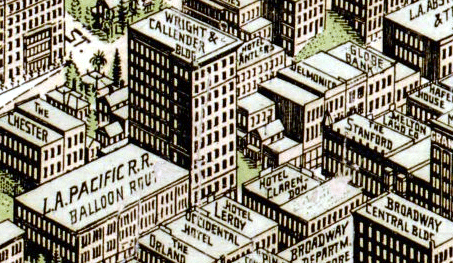
Now note the Worthington Gates–which we should note was also printed smaller, and in and of an overall brownish hue, as opposed to the verdant greens of Los Angeles in the Birdseye above–apparently published later: while the buildings have remained untouched, their naming has altered slightly (the LAP building) and some names have been added (note Danziger and University Club to the north of the Wright-Callender).

Very well. We commence our journey through the interstices of space-time!
From the get-go, let’s get a feeling for just how high the Hill once lorded over downtown:
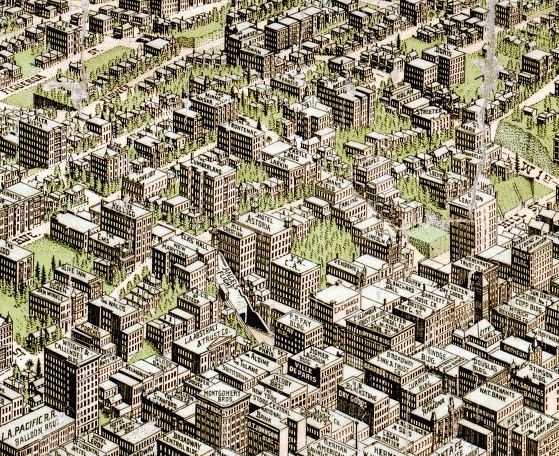
Starting with our western edge:
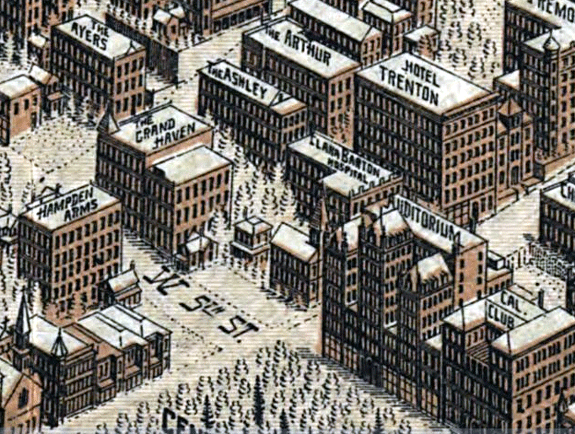
Fifth and Olive, of course, the unassuming future site of the Auditorium Hotel, a mere year away. In the future. Heading up Olive into the Hill there’s our old friend the Trenton.
Swinging around to our southern border:
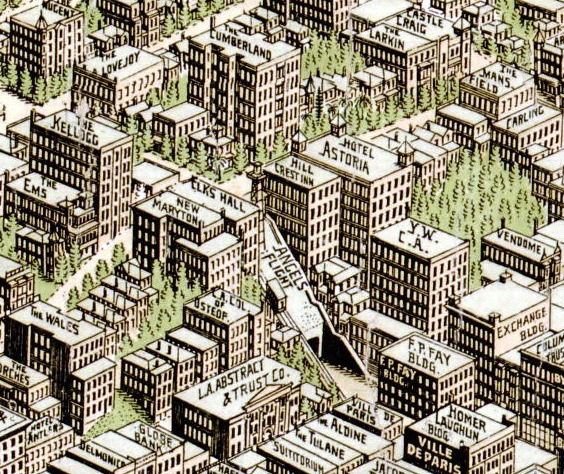
Third and Grand at upper left, Third and Olive center, Third and Hill bottom right. The Nugent stands proud at 3&G; there’s the Elks, the Astoria, the YWCA and of course perennial favorite Angels Flight. Note that what’s usually known as the Mission Apartments over at Second and Olive is called the Castle Craig.
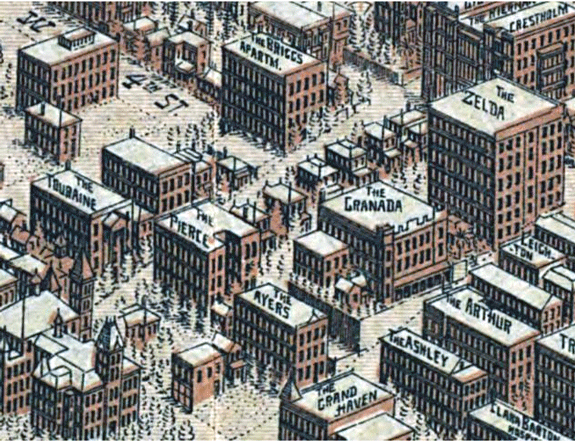
A couple more you should recognize above–Zelda at Fourth and Grand, over her shoulder, the Touraine.
Of course no account of BH would be complete without an image of the Second/Hill area:
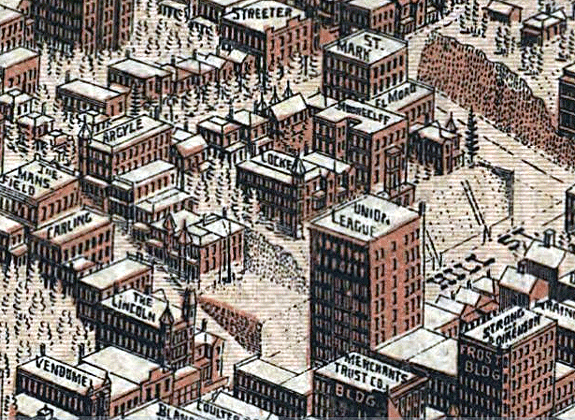
…covered of course to an absurd degree here and here. In this depiction one gets a feeling for the majesty of the Hotel Locke, and of the ornate nature of those façades lopped off due to Second Street‘s widening during construction of the tunnel (say goodbye to the Argyle turret!).

The Rose Mansion at the bottom corner of Fourth and Grand (closest to the Fr in Fremont). Kitty-corner across from the Rose are the towers of the Hershey/Castle; next to her, the magnificent Brunson Mansion. The Fleur de Lis you’ll remember as the blink-of-an-eye Bryan Mansion. Upper right, looming large at Third and Bunker Hill Avenue is the Alta Vista; behind, on Flower, the St. Regis.
While we’re on the subject of Buker Hill Ave., let’s take a closer look-see:
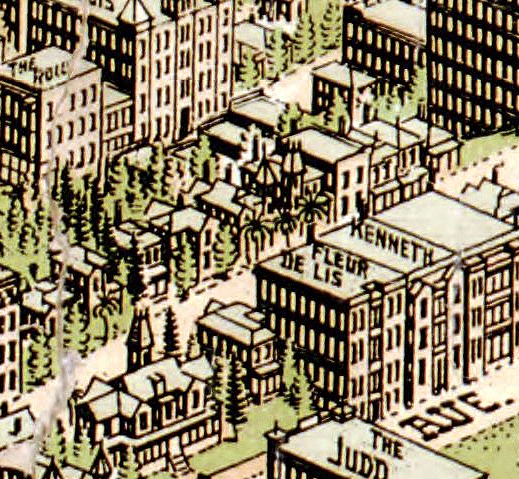
…heading up the street we’ve got the Salt Box, 333 South Bunker Hill, the Castle, the Lady McDonald, and the distinctive tower of the Foss/Heindel all on the east side of the street.
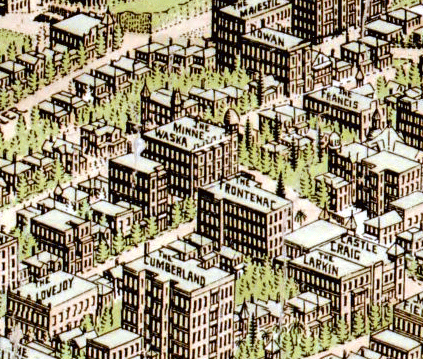
A bit further north is Hill standout The Dome (aka the Minnewaska) at Second and Grand; the Majestic, top, at First and Hope, later became the Rossmere; our turreted pal in the upper left is at First and Flower.
Bunker Hill north of First tends to get the short shrift around here. (For that we apologize and look forward to remedying this injustice in the coming year.) Not that we haven‘t poked around up there a bit:

Here for example, center right, is the St. Angelo, up on North Grand. Lurking behind would be the Larronde residence.
And that’s just a taste of the Hill. (Where, you ask, are the Melrose and Fremont, to name but two?) And the map stretches from West Lake Park to the river. But don’t take my word for it. Whether you cleave to the Worthington Gates, or cotton to the Birdseye View, there’s no better way to spend the better part of, oh, the rest of your life than poring over these maps. You’ll find as well that a quick internet search will reveal no lack of suitable-for-framing reproductions to be had of both kinds.
Now then. Having applied quantum gravity to traversable wormhole metrics, and stuff, I’m pretty sure I’ve constructed a time machine by affixing a Powerbook 180 to the Worthington Gates.
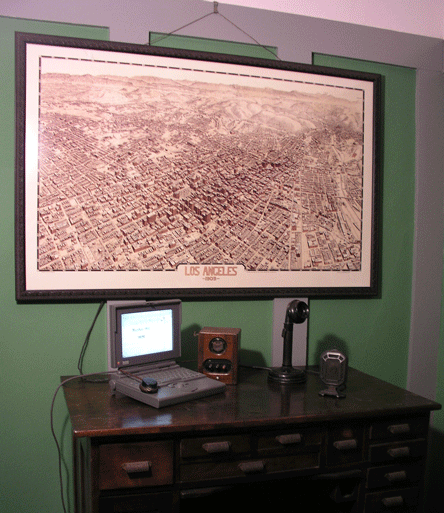
See you in the lobby of the Cumberland, Kip Thorne!
The Countdown Begins
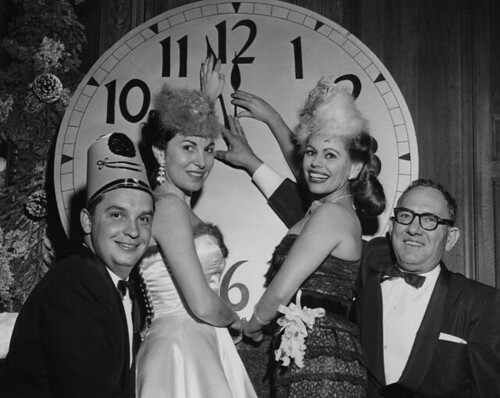
Christmas 1962
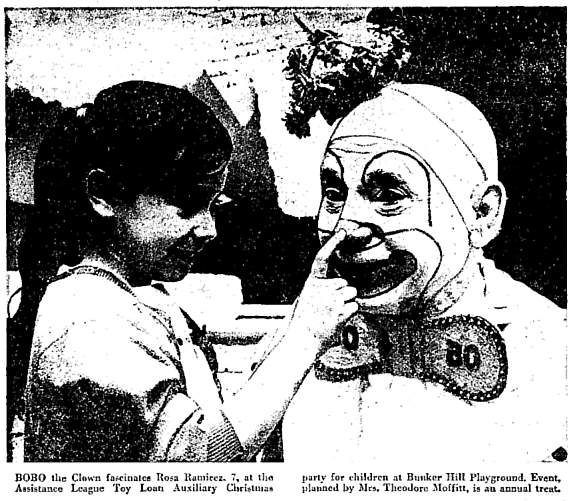
Happy Holidays
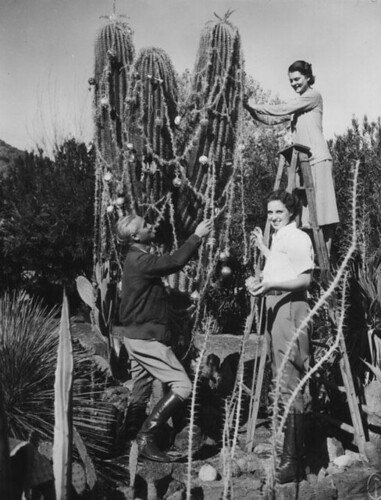
The Belles of Bunker Hill
 A romp through the great houses and the families who built them from the Herald & Express May 14, 1938.
A romp through the great houses and the families who built them from the Herald & Express May 14, 1938.
download the PDF

